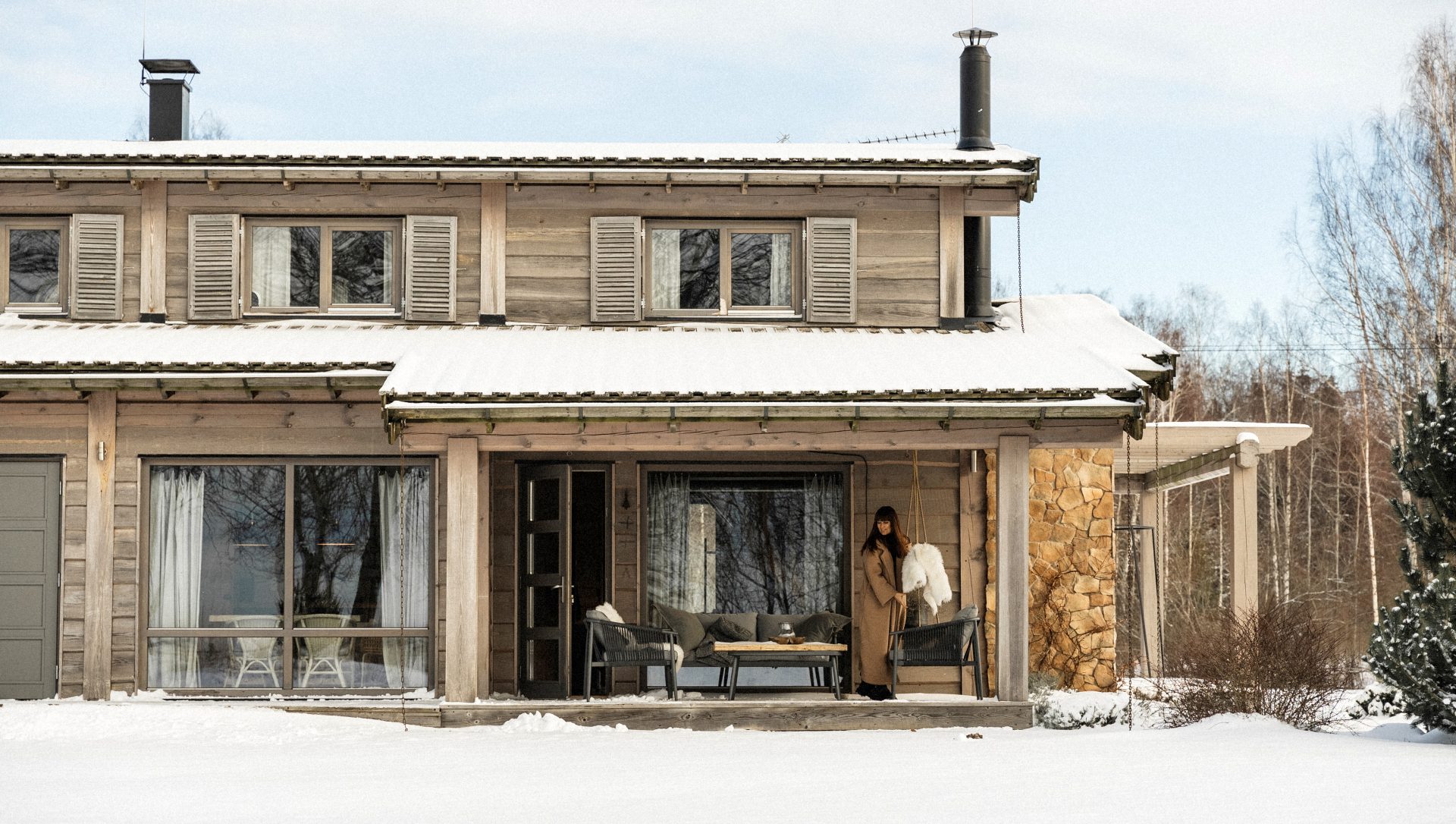What makes a home Latvian? Is there a distinct design aesthetic or code that sets it apart? To explore these questions, we turned to Zane Tetere-Šulce, lead architect at OAD, and Anda Ozoliņa, interior designer — both celebrated local talents with global experience. Their insight? The answer lies less in form and more in function and content.
For Tetere-Šulce, the key lies in the Latvian concept of dzīvesziņa — our collective belief system or guiding worldview. Today, when many of us are charmed by the ideas of feng shui, Vastu Shastras, and fellow international philosophies, she invites us to remember our roots and consider the local geographic and cultural context. “All these ideas can co-exist but you should never forget who you are,” she says, emphasizing that many answers can be found in the historical Latvian farmstead—an element included in Latvia’s Cultural Canon—and in the customs and rituals associated with it.
